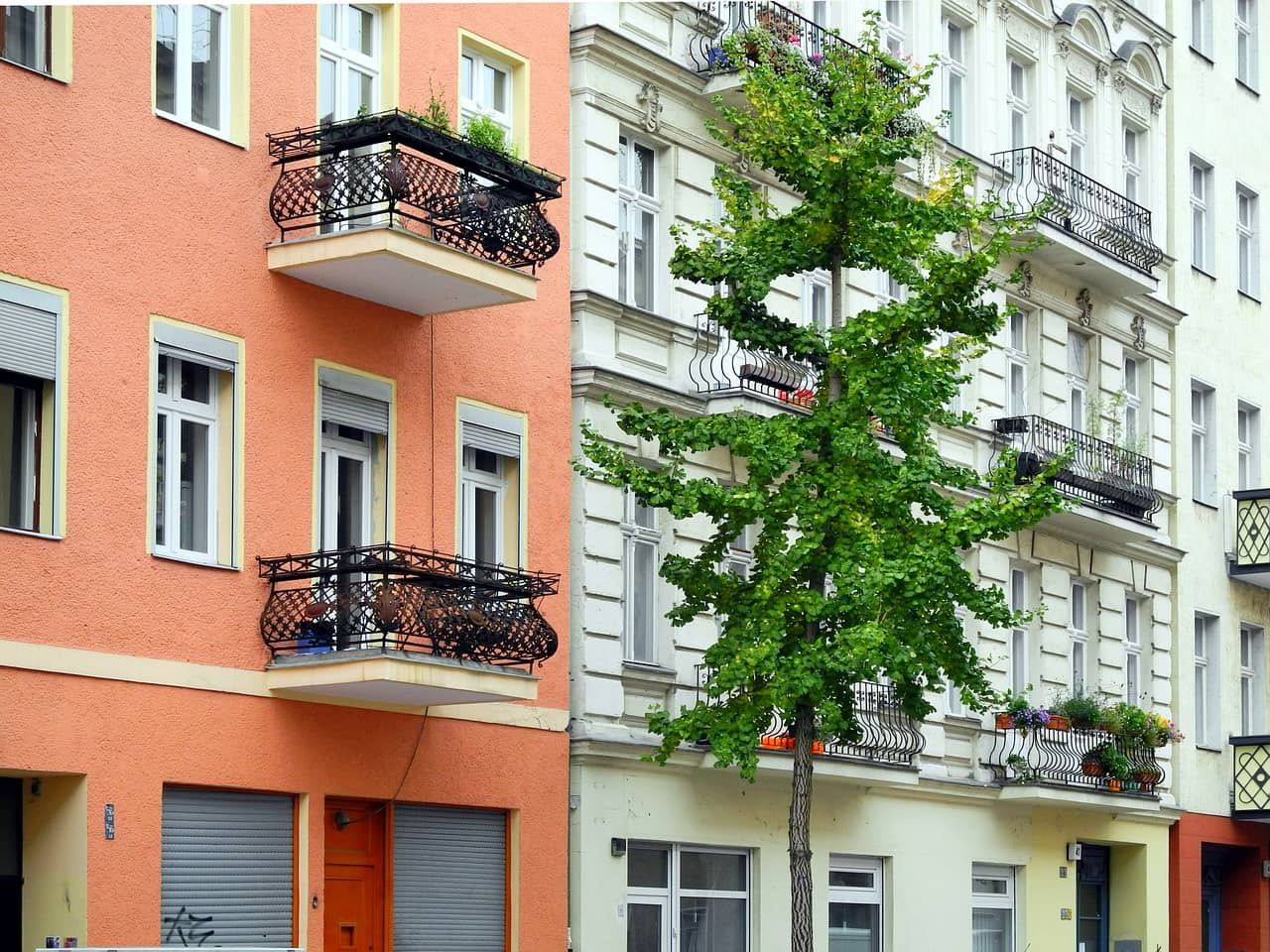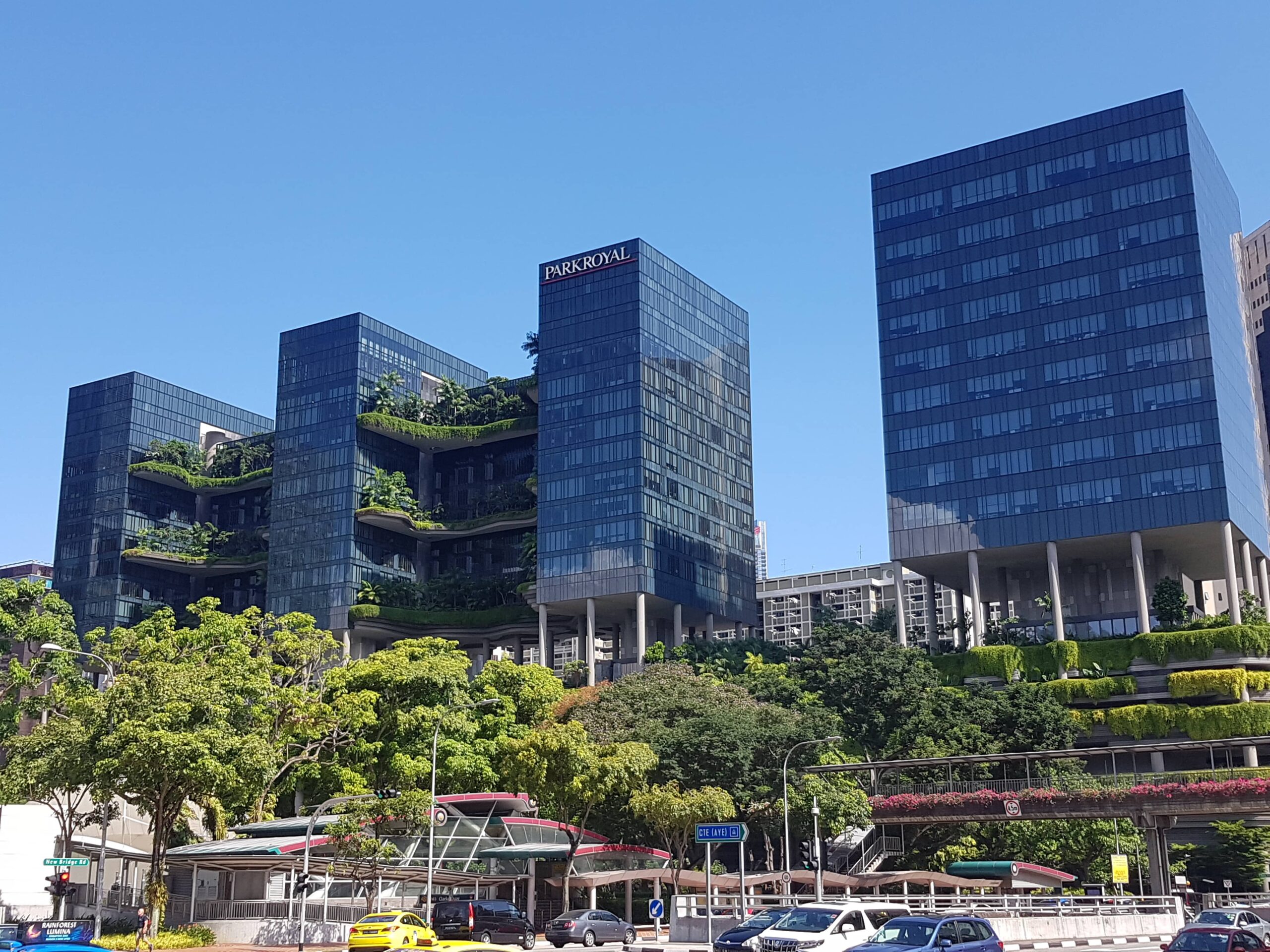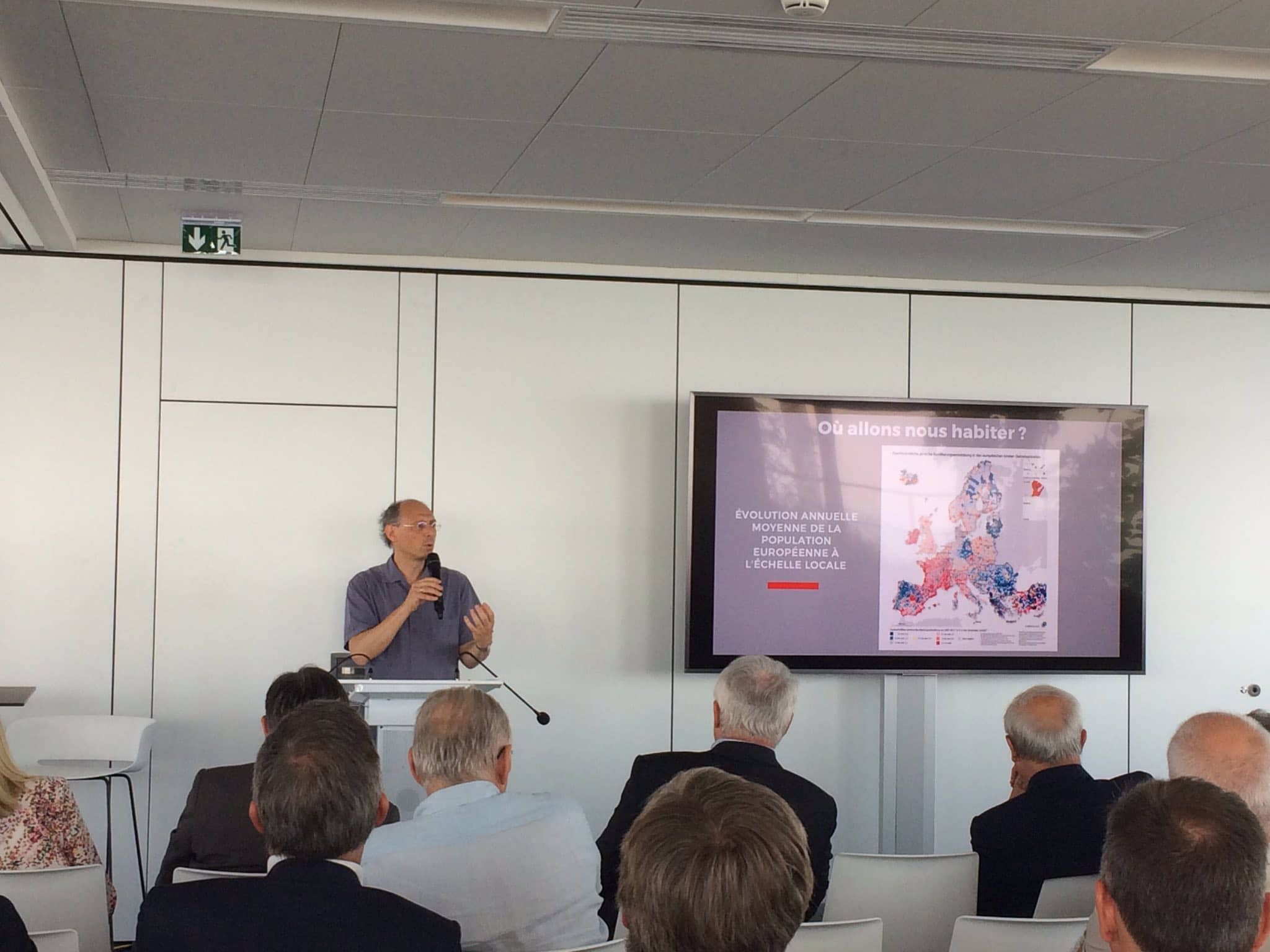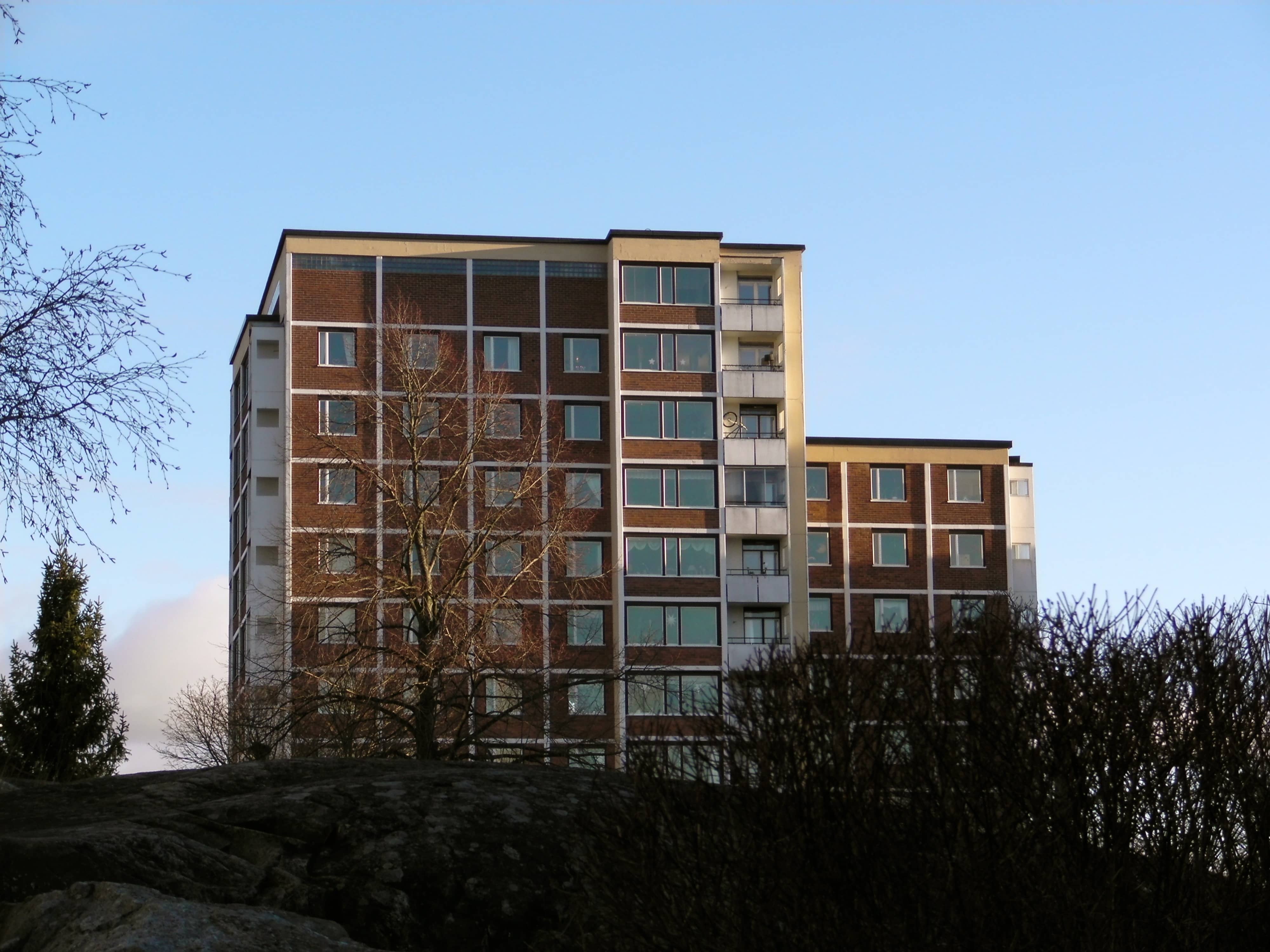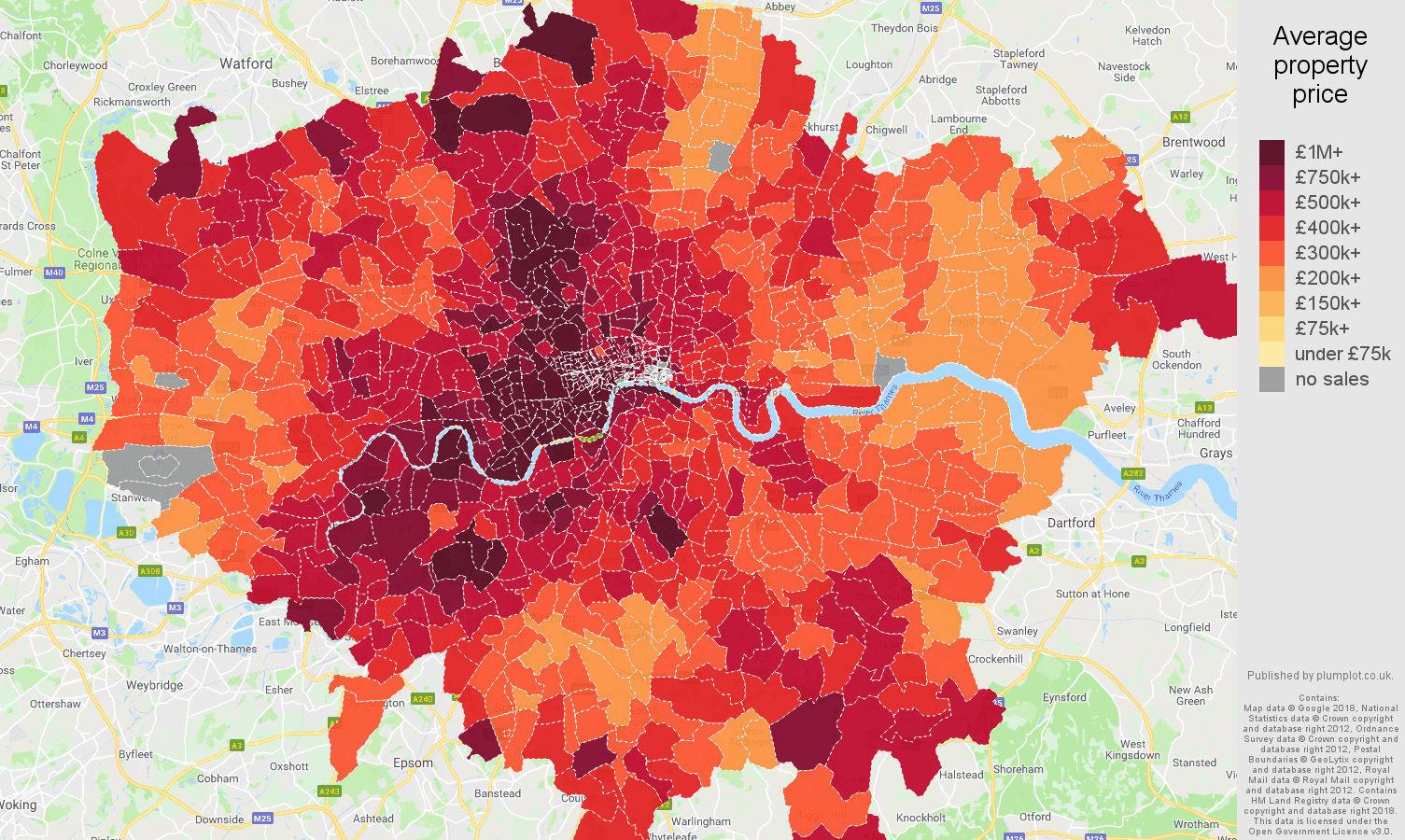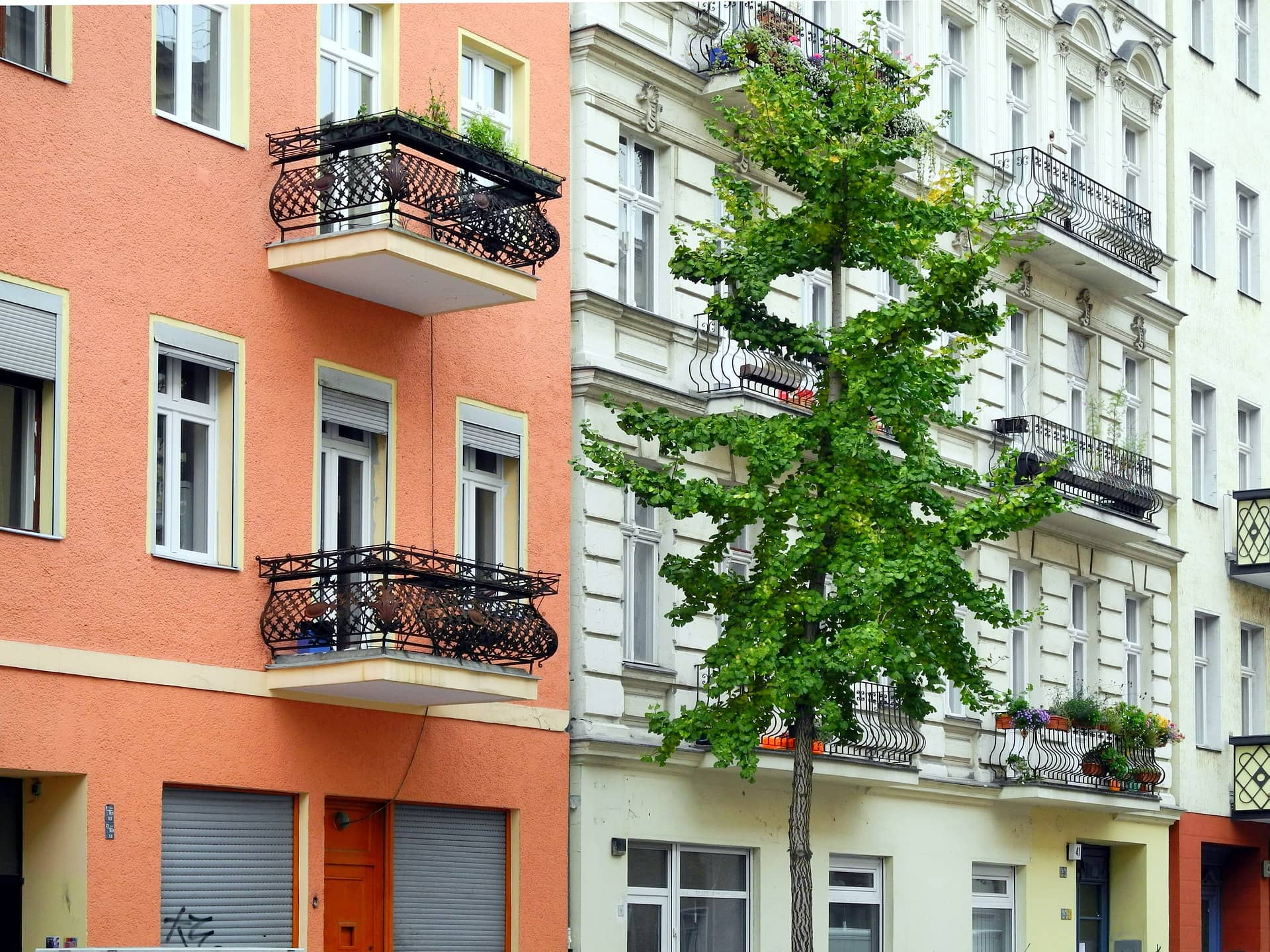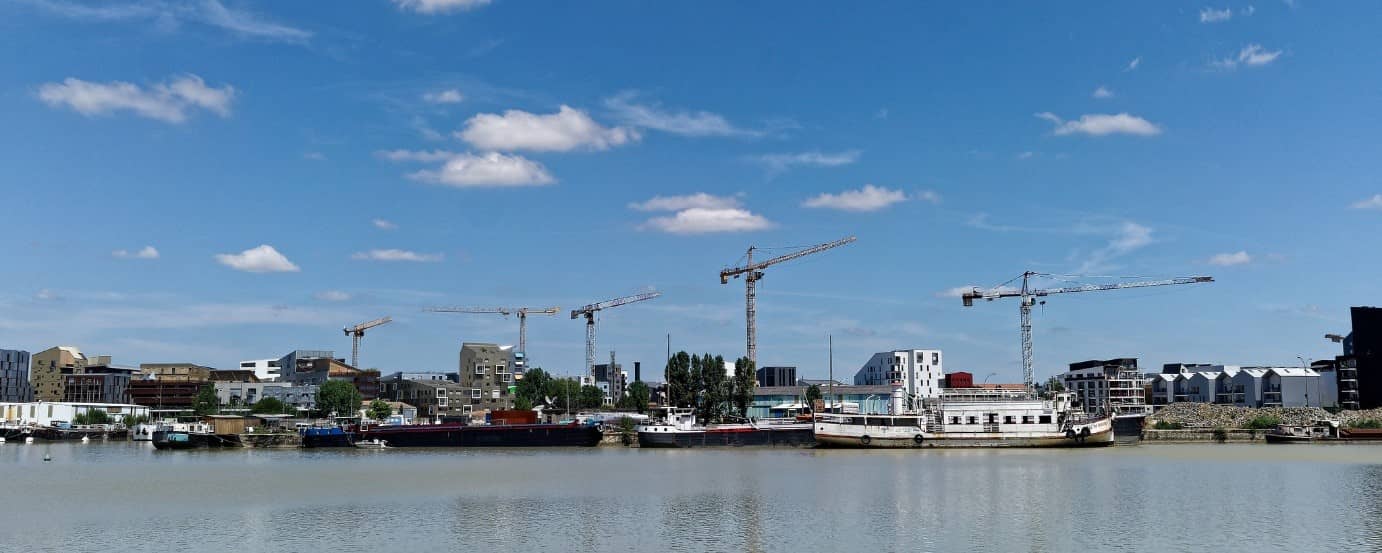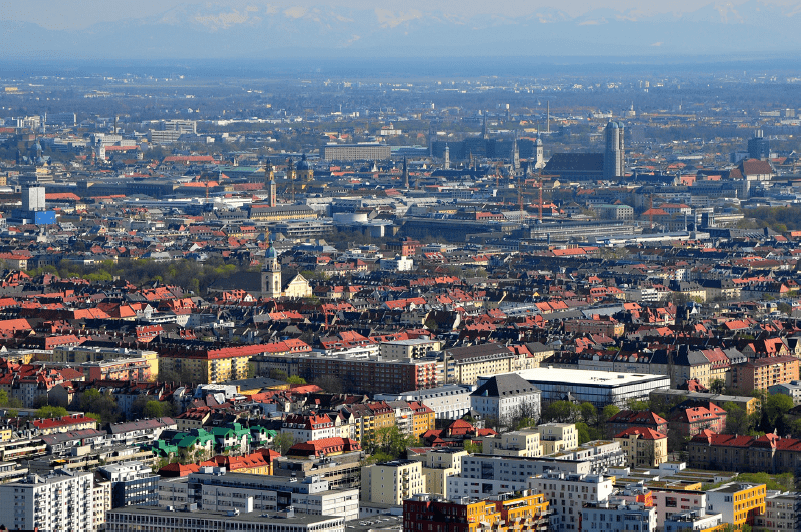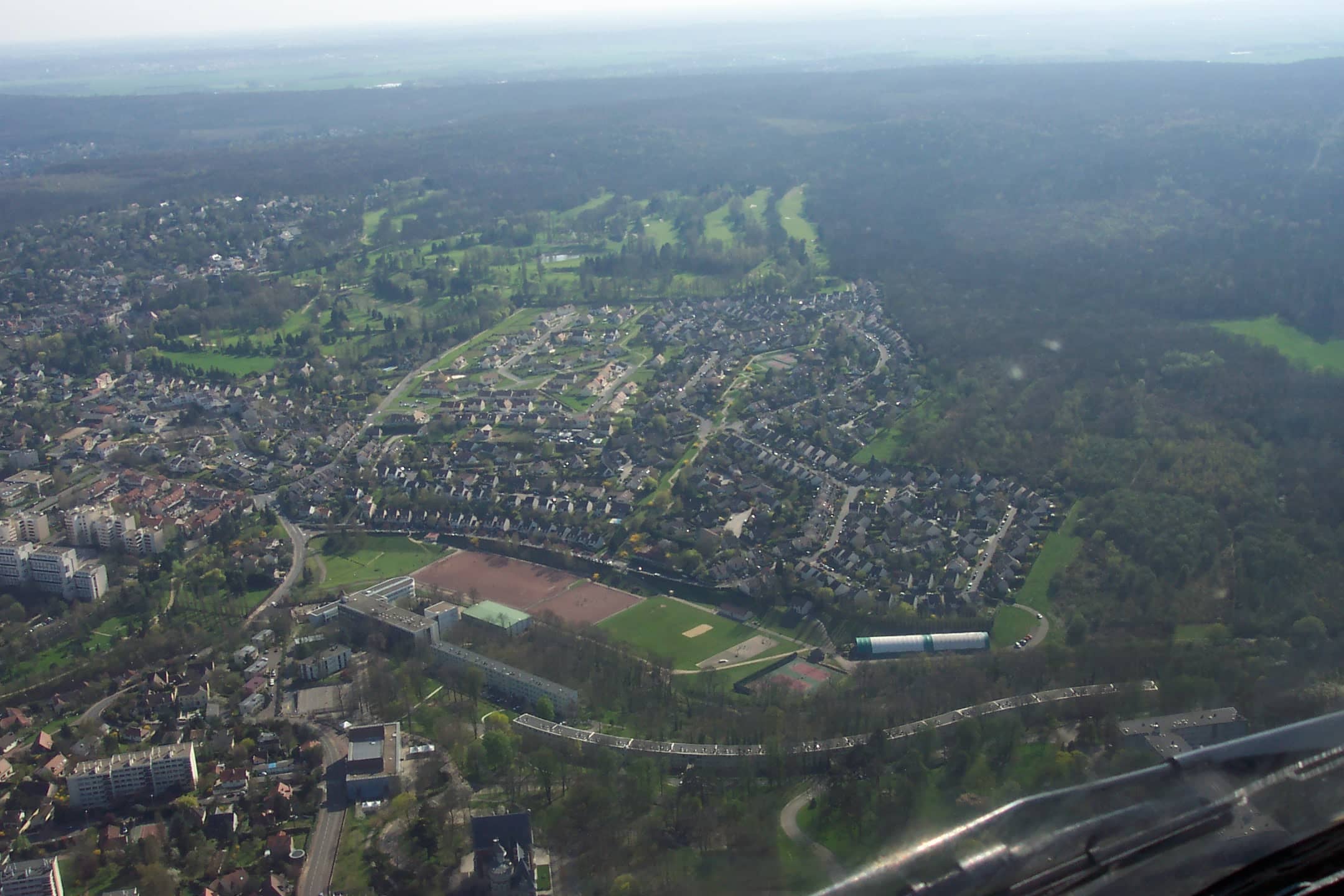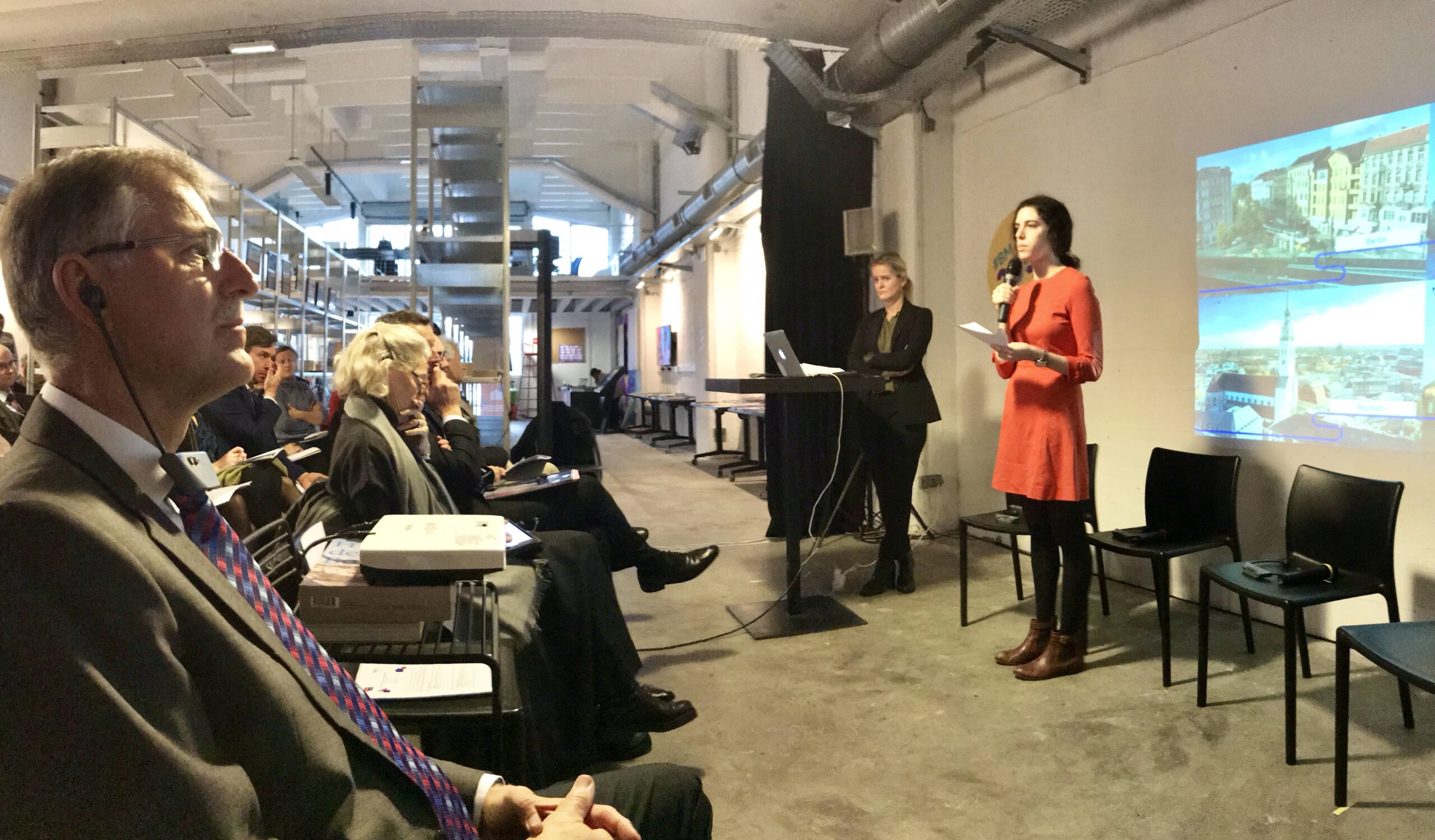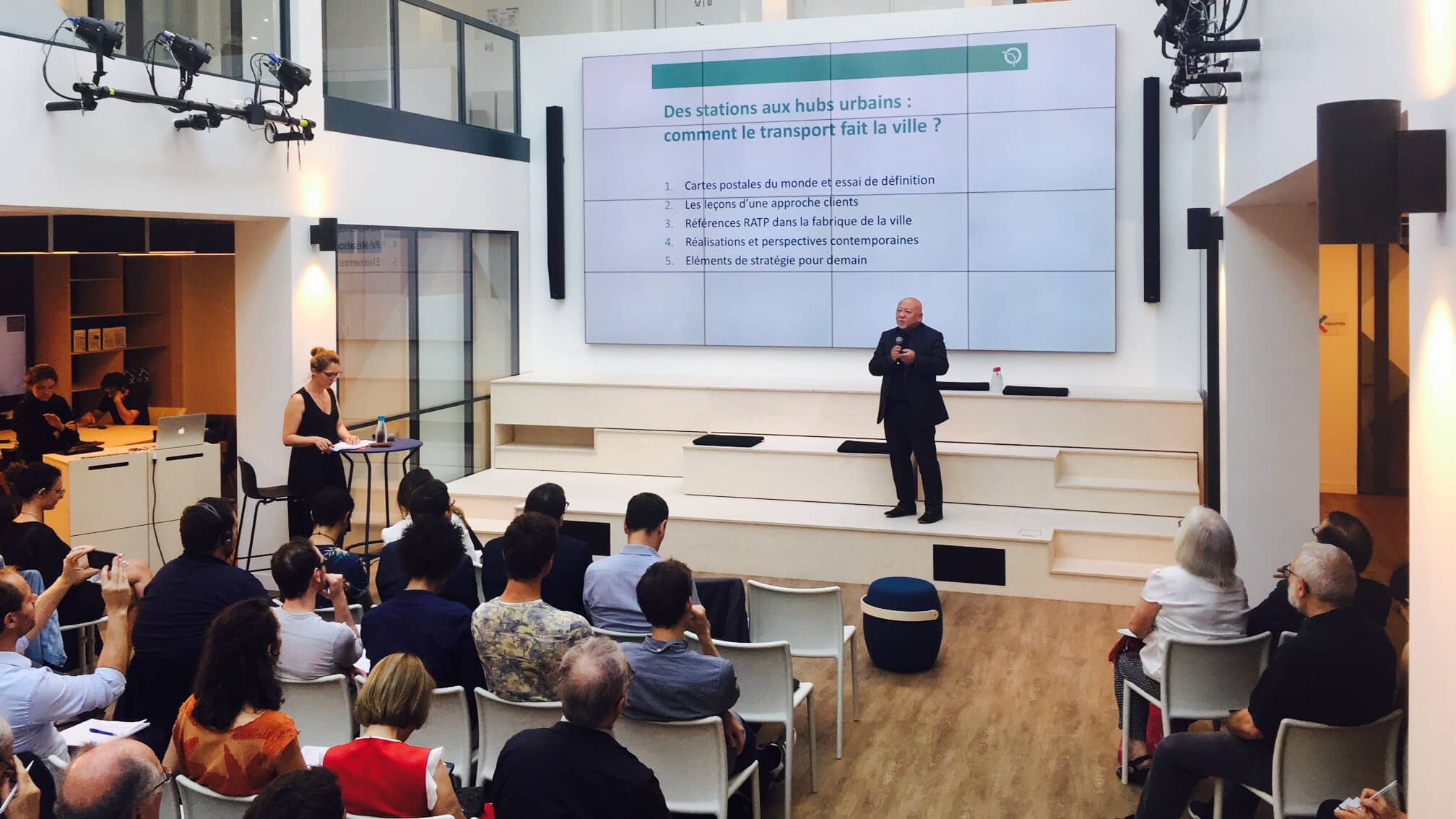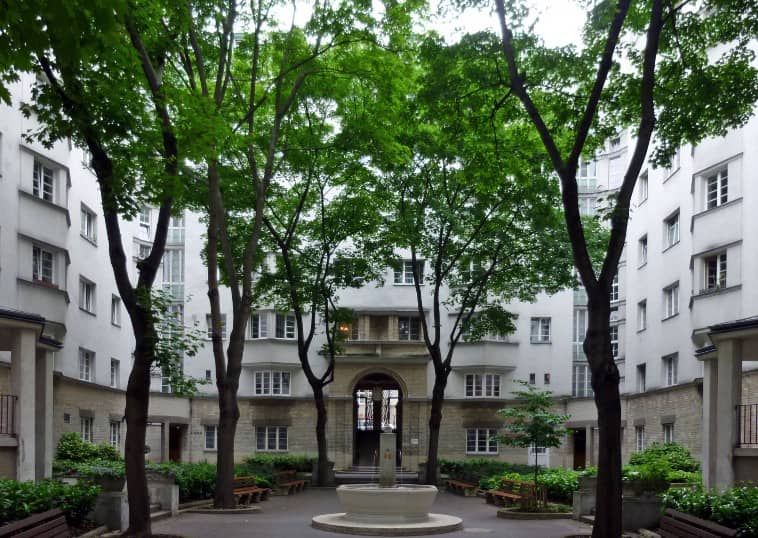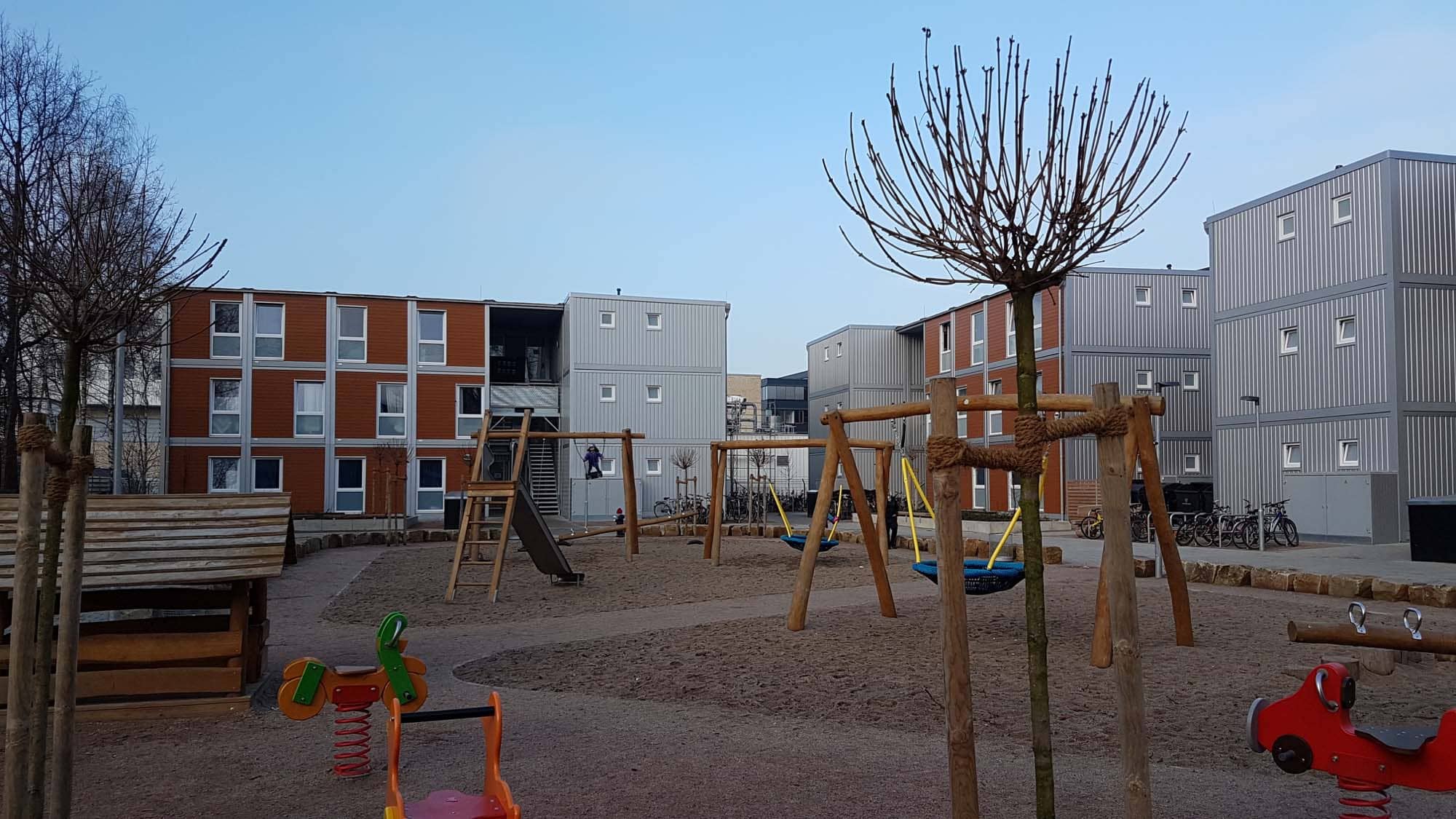

German metropolises and the affordable housing crisis
Once notoriously affordable, Berlin has seen its average rent per square meter increase by more than 40% between 2012 and 2018; meanwhile, Munich holds the unenviable rank of most expensive city in Germany for real estate, threatening to push lower-income households to the peripheries. La Fabrique de la Cité spoke with Prof. Dr. Michael Voigtländer, of the German Economic Institute, on the main factors behind the affordable housing shortage in these German metropolises and promising solutions to their growing predicament.
LFDLC: What, in your opinion, are the main causes of the current affordable housing shortage in large German cities such as Berlin or Munich?
MV: In the 2000s, real estate markets in large German cities were very stable, with only a slow, gradual increase in rents and prices. Since then, however, these cities have gained considerable attractiveness, thanks in part to the creation of numerous high-paying jobs. The number of students in those cities has also increased significantly, causing the demand for housing to rise considerably over time. Berlin and Munich are currently gaining respectively 40,000 and 15,000 inhabitants per year. Yet construction is not keeping pace: Berlin is only erecting 15,000 new dwellings per year. The market is therefore subject to strong pressure, and prices are fast increasing. Additionally, these cities are faced with a major obstacle: the scarcity of land, particularly in Munich, a city that has grown continuously for the past 30 years. Another issue, as far as Munich is concerned, is the reluctance of the surrounding, mostly Christian Social democrat, municipalities to invest in housing, for fear of an inflow of population from predominantly Social-Democrat Munich and of an ensuing shift in the electoral balance.
Berlin is a different case, with large parcels available, such as the Tempelhofer Feld, a former airfield in the heart of the city. Yet strong NIMBY-ism has caused plans to build housing on the Feld to be dropped. Another issue, specific to Berlin, is that it is not planning centrally; most housing developments must instead be assigned by the Bezirksregierung, the district administrations, which greatly complicates the matter.
Finally, most new housing construction belongs to the luxury segment, due to the considerable increase of housing construction costs over time with the enactment, inter alia, of energy efficiency and fire protection standards. Additionally, some municipalities require of developers that they finance additional equipment, such as kindergartens or schools, causing developers to opt to recoup these investments by building housing for high-income, rather than average- or low-income households.
LFDLC: A particular challenge, in Munich, is the cooperation between the city and neighboring municipalities in the pursuit of a coherent affordable housing strategy at the metropolitan scale.
MV: Yes, that really is a challenge. Municipalities’ ability to make their own decisions as regards zoning, formerly a strength of the German system, is turning into a limitation, as problems arise between municipalities and consensus proves hard to reach. This has produced a debate on the need for more interregional planning, for one single planner who would get the different parties together to find solutions.
LFDLC: How can cities encourage private developers and investors to produce affordable housing?
MV: This is the subject of a vivid debate in Germany. At the moment, cities appear to have the upper hand. Rather than selling sites to the highest bidder, they should use their leverage to impose specific restrictions on private developers, as Hamburg recently did when it awarded a housing project to the developer that had presented the offer most aligned with the city’s vision (e.g., the construction of two- or three-bedroom housing with a predefined rent level), rather than selecting the most financially advantageous proposal. Another solution consists in defining a set of criteria that investors must fulfill. This is the case in Munich, where 30% of new residential construction must be reserved for social housing, and where investors must finance public infrastructure.

LFDLC: In Munich, over 50% of households are single-person households. Yet the housing stock consists mostly of larger, multi-bedroom apartments. Do you think there is a mismatch between supply and demand?
MV: Yes; an IW study showed a striking mismatch between current needs and completed housing units, and a shortage of smaller, two- and three-bedroom apartments. Subject to numerous restrictions and struggling to control costs, developers often opt to build large luxury apartments that will produce a greater margin than smaller apartments. To address this mismatch, cities have a duty to negotiate with investors and choose the offers most in line with their vision and strategy.
LFDLC: New construction is sometimes regarded as the only viable solution to an affordable housing shortage. What of alternative ways of providing affordable housing?
MV: What we need is more housing in all segments; I am convinced that increasing the number of dwellings will pull the prices down. The IW conducted one study on urban housing that showed that many German households live in very large apartments, with many elderly households living in five- or six-bedroom houses. A lot could be gained from splitting existing dwellings or encouraging these households to switch over to smaller apartments. In the 1960s and 1970s, Germany conducted a subsidy program aimed at constructing more Einlieger Wohnungen, homes containing a separate apartment. I think it would be worth revisiting this program: for someone who owns a large home but is reluctant to move, it might be interesting to split up the unit and rent a part of it. Another alternative to new construction is densification through the addition of new stories to existing buildings. A study conducted in Berlin showed that investing in the refurbishment and roofs of dwellings built in the 1920s and the 1930s could produce 50,000 additional apartments.
Reversibility is also a real opportunity. There is currently a high demand for office space, but demographic forecasts show that this demand will decrease in the 2020s and 2030s. Yet the demand for housing will remain high, so the idea of making investments today that will allow for a change in tenant structure in the future seems particularly appealing.
Finally, mutualization is a relevant topic, especially in Munich, where we have observed that housing consumption per capita is decreasing, despite an opposite trend at the national level. This is a normal reaction to high prices that bar inhabitants from renting larger dwellings. Many German investors are trying to foster the concept of micro-apartments; yet I doubt this will work, as most of these micro-apartments are very expensive. A 20-square meter apartment might well cost €600-€700 in rent monthly, and when the market goes down, many will leave these costly units. But the idea itself is great: small, affordable apartments would help people settle in cities.
LFDLC: What is, in your personal opinion, the most promising lead to solve the affordable housing shortage in cities?
MV: I think we need more investment in public transportation. An easy commute into the city center means that people can settle outside the urban core; this would greatly relieve the pressure on cities like Munich, Hamburg, or Berlin. Another possible solution, for Berlin, would be to take advantage of the fast demographic shrinking of the surrounding state of Brandenburg. The two states’ respective problems, increasing prices and rising vacancies, could find a mutual solution through further investment in public transportation and infrastructure.
These other publications may also be of interest to you:
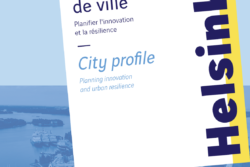
Helsinki : Planning innovation and urban resilience

Forget 5th Avenue

Long live urban density!
The ideal culprit
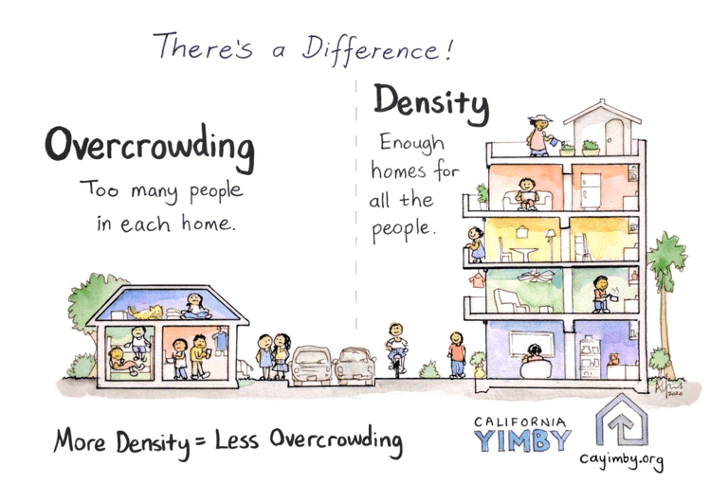
Behind the words: density

Behind the words: Affordable housing

Berlin Focus
La Fabrique de la Cité
La Fabrique de la Cité is a think tank dedicated to urban foresight, created by the VINCI group, its sponsor, in 2010. La Fabrique de la Cité acts as a forum where urban stakeholders, whether French or international, collaborate to bring forth new ways of building and rebuilding cities.















